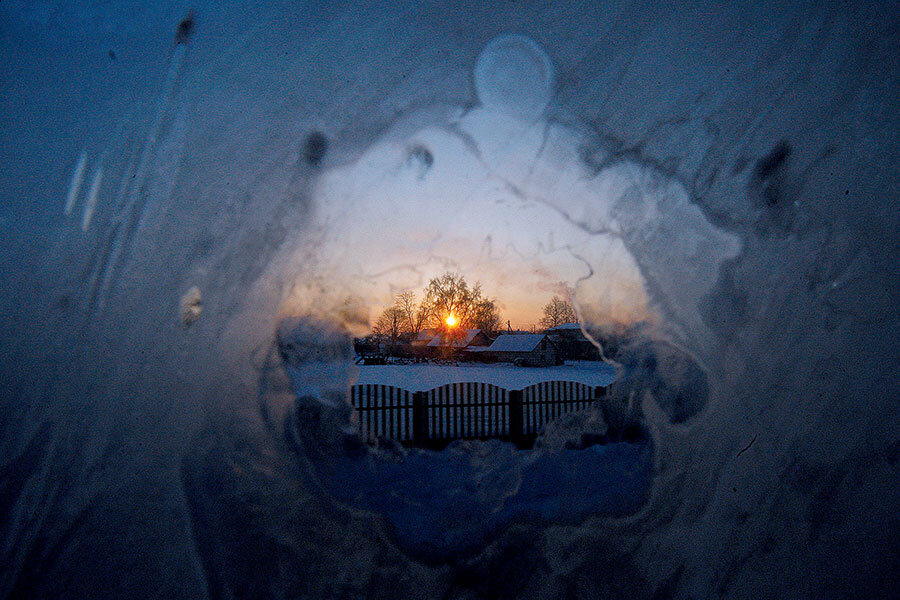Waiting for winter’s stubborn sunrise
Loading...
On a day in late January every year, the scales of darkness and light tip my way – official sunrise in south-central Indiana comes at 7:59 a.m., after long weeks when daybreak languishes at or after 8.
For most of January, even as the evening light stretches out incrementally, minute by daily minute, nothing gets the sun to rise any earlier. It has to do with the equation of time, the difference between the real noon (the moment the sun crosses one’s local meridian) and standard noon, when the clocks strike 12. The physics is complicated, and Earth’s seasonal proximity to the sun and speed of orbit are implicated. The upshot is that sunrise comes later, not earlier, for a time after the winter solstice in December and into January, even as, overall, the days lengthen because of later sunsets.
Close to mid-month in January, daybreak stalls at a few minutes after 8 for days, and then finally nudges back to 8 a.m. over the course of a week or so. Then one morning the magic “7:59 a.m.” appears on the almanac page, signaling to me that we’re over the hump of winter.
I only began noticing the January sunrise phenomenon when my son was in grammar school and caught an 8:05 a.m. bus to Binford Elementary. No matter how intently I peered out the window, the world remained dark until he actually left for that bus, week after week. I can’t say why I’d never noticed before, but those winter mornings in the mid-1990s when I sent Tim off to school in the everlasting gloaming got me looking into the issue. And so I learned about the equation of time.
It’s not that I begrudge nature its January and its stubborn, stingy daybreaks. Those long, dark nights are a part of the restful scheme of things. At least we lean toward the light a bit more with each day’s end.
If it were possible for me to sleep past 6 a.m. and I had no grandchild, I probably wouldn’t notice the equation of time at all anymore. But as a former dairy farmer and lifelong early riser, I find myself stoking the wood stove in the dark and straining toward the morning tipping point, when daybreak begins to edge back by the clock. The January mornings when I pitch in for Tim and walk my grandson to that same 8:05 bus find me at the window again, waiting for the light that comes only reluctantly after we leave the house.
Through much of January it’s like waiting for a pot to boil.
There is something celebratory about that 7:59 sunrise when it happens at last. During the final week of the month, the day breaks two minutes earlier each day, and the extra light begins to be palpable – no need to check the almanac. As sunsets edge past 6 p.m., I can almost hear the drip of sap from the spiles into the pans hanging from the maples.
By mid-February, as the days flower at both ends, I’ve put away this particular obsession over the exact time of sunrise. I sleep less, and go about feeding the retired horses and cows who fold and unfold from the pasture according to the sun’s arc without consulting the almanac. It’s not until well after the summer solstice in June that I begin to notice the slow, subtle shortening of the days. When school starts for my grandson in August, January is far, far off, but I find that at some level I am already beginning to prepare for it.
There may come a day when I stop paying such close attention to all this. But for now, I’m deeply wedded to the planet’s rhythms of light and dark, and I lean like a plant toward the spring equinox.







